The DXOMARK Camera test protocol covers the most common smartphone camera use cases but usually maintains a fixed scope during several months until it is updated to include newly emerged user scenarios. This is why we keep a close eye on the industry and continuously monitor developments in technology to determine if the protocol needs to be expanded to include new features or test already included features under additional light conditions.
As a part of this ongoing monitoring, we conduct out-of-protocol benchmarks to collect more information on features and shooting situations that are not currently covered. On this occasion, we have focused on night photography. While the DXOMARK Camera protocol includes many night scenes and low light lab conditions, not all camera features are tested in those conditions. We also don’t currently test dedicated night modes. For the purpose of this article, we have specifically focused on those features, examining image quality and performance when shooting at night using night mode, bokeh mode and zoom-in and out. We also tried Super Moon modes and had a closer look at the cameras’ behavior in terms of image flare, which can be a problem in night photography.
To do this, we’ve picked a few current flagship phones: the brand new Vivo X70 Pro+, the Apple iPhone 13 Pro Max, Huawei P50 Pro and Xiaomi M11 Ultra. So let’s dive right in.
Night mode on the primary camera
Current night modes push the limits of what’s possible in terms of frame stacking and exposure on smartphone cameras. However, all models in this comparison deal well with the challenge. The Vivo X70 Pro+ does an overall excellent job. In terms of image processing, it is only marginally slower than standard photo mode, so it doesn’t hold you back unless you shoot fast-moving subjects, and improvements in terms of image quality are often significant. The same is true for the other two devices, but the Xiaomi Mi 11 Ultra is a little slower as it will prevent you from taking another picture after capture for marginally longer.
The Vivo device produces the most saturated blues when compared to the Apple iPhone 13 Pro Max and Xiaomi Mi 11 Ultra. All three cameras capture night mode shots with a wide dynamic range but only on the Vivo does the sky retain some of its deep blue color, making for a more vivid image. In terms of texture/noise tradeoff, the Vivo and Xiaomi are a step ahead of the Apple.
Let’s also have a look at the differences between default photo mode and night mode when shooting at night. We picked the Vivo X70 Pro+ for this comparison because its night mode offers the biggest benefits over default mode out of the test devices. When viewed at small size, both night shots below look nice, but the night mode image has a noticeably better dynamic range. The shadows have been slightly lifted, revealing more detail, while the highlight areas are well preserved and protected from clipping.
When zooming further in it’s also obvious that the Vivo’s night mode captures much better detail than standard mode. This is especially true in the shadow areas of the frame.
In this shot, we can see that night mode also has a noticeable impact on color. Color rendering is different, with more saturated blue tones in the sky. Night mode also produces a slightly cleaner image, with lower levels of luminance noise.
Night mode on the ultra-wide camera
On all three comparison devices, night mode is available across all zoom factors. When shooting on the ultra-wide camera, the Vivo X70 Pro+ offers the overall best night mode results. The exposure is slightly brighter, with a wider dynamic range than on the Apple and Xiaomi. It’s also a step ahead in terms of detail. The Apple delivers a decent exposure but loses a lot of detail, especially in the shadows. The Xiaomi beats the Apple in terms of image detail, but its capture is slightly too dark.
We have again included the comparison to the Vivo’s default mode and on the ultra-wide, the camera behavior is pretty much identical to the primary cam. Exposure is a little brighter than the default mode, with a wider dynamic range. Detail is also improved while image noise remains on a similar level. Color rendering is pleasant, with stronger blue hues than default mode or the competition, and flare artifacts are well under control.
Night mode on the tele camera(s)
On previous smartphone generations, night mode was often only available on the primary camera module. However, on many current flagship phones, night mode can also be enabled when tele zooming. Which phone is best for tele-zooming at night depends a lot on the actual zoom factor we are looking at. This is because in low light conditions, light collection capabilities (mostly determined by sensor size and aperture) of tele camera setups are different on each phone and can vary a lot with the zoom factor. Apple’s device uses an f/2.8 3x telephoto module. The Xiaomi has a slower f/4.1 lens on its 5x tele but offers a reasonably large 1/2″ sensor. The Vivo features two dedicated camera modules to zoom-in: an f/1.6 2x for close range and an f/3.4 5x for longer range images. We’ll have a look at the behavior at different zoom factors in this section.
When compared to the iPhone 13 Pro Max and Xiaomi Mi 11 Ultra at a 3x tele zoom factor, the Apple iPhone 13 Pro Max produces the best detail. The Vivo and Xiaomi are on a similar level but noticeably lower than the Apple.
The situation slightly differs at a longer tele factor of 5x. The X70 Pro+ produces lower levels of detail than the two rivals. This is because in low light the Vivo is not always using its 5x telephoto camera, but digitally zooms in from one of the wider camera modules, despite the low effective resolution. This is because the sensor of the longer periscope tele camera might not gather enough light in these conditions compared to the brighter f/1.6 2x module. In this shooting scenario, the Xiaomi is taking the lead, making the most of the relatively large sensor in its 120mm f/4.1 tele camera and beating the iPhone.
At 2x, the Vivo often has a very slight edge over the two other devices, especially when using night mode, so let’s again check how night mode compares to default mode when used on the tele camera. Like on the ultra-wide and primary cameras, the X70 Pro+ night mode delivers images that are improved over default photo mode. Exposure and color rendering are good and almost identical to default mode, but night mode delivers better detail without increasing noise level.
However, this is especially true at a 2x zoom factor: for longer focal lengths, image quality is not improving as much as at 2x when activating night mode, and is slightly behind the iPhone at 3x and the Xiaomi at 5x as we have seen in previous illustrations.
There’s one thing to keep in mind when using zoom at night: Even if smartphone cameras are using better image fusion and stacking algorithms to improve results on intermediate focal lengths (between the native optical focal lengths of the different camera modules), benefits are not as significant at night as they are in bright light conditions. For best image quality, it’s therefore recommendable to stick to the ultra-wide, primary and tele cameras’ native resolution and avoid digital zooming at night, while waiting for image quality to progress on intermediate focal lengths.
Super Moon mode
Taking frame-filling pictures of the moon was the domain of large sensor DSLRs or mirrorless cameras with long and fast (and therefore very expensive) lenses until not very long ago. Now, this can be done with a smartphone, as long as you use one of the current top-end devices. Both the Vivo X70 Pro+ and Xiaomi Mi 11 Ultra offer a dedicated Super Moon mode that uses a 60x tele zoom factor and exposes for the moon to reveal as much detail as possible on the surface.
In the samples below, you can see that the results are quite impressive considering we are shooting with smartphones. The Xiaomi captures better detail, but global contrast is a little nicer on the Vivo. The Huawei P50 Pro does not come with a Super Moon mode, but we replicated it manually by zooming in to the same factor and touch-focusing on the moon. As you can see, the camera does not lower exposure enough and pretty much all detail on the surface on the moon is clipped.
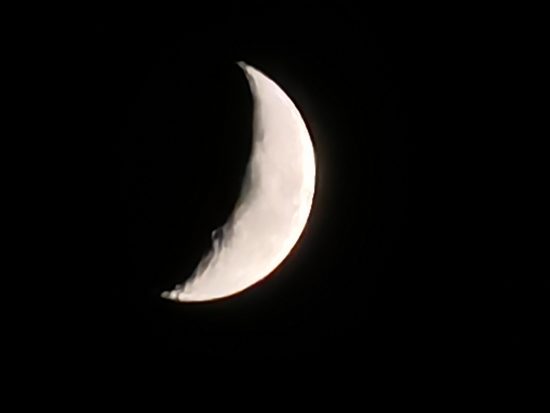
We also found that these specific Moon modes are quite “intelligent” and not fooled by any circular light sources or other objects such as an illuminated hot-air balloon in the night sky: the Super Moon algorithms could have been tricked into mistaking such objects for the moon but this was not the case in our test.
Night bokeh simulation
Bokeh simulation modes attempt to simulate the look of a DSLR with a fast lens by isolating the subject from the background and blurring the latter to varying degrees. Most smartphone cameras have been offering this kind of feature for several years now and with every new device generation, we have seen improvements in terms of subject isolation and blur rendering. As a reference in this comparison, we have also included an image captured with the “real thing” — a Sony A7R IV with Loxia 50mm f/2 lens.
As you can see in the 100% crops, all three smartphone images lack detail compared to the Sony. In terms of blur and rendering of spotlights in the background, the Vivo comes closest to the camera. On the other hand, skin tones and saturation are nicer on the Huawei P50 Pro. The Xiaomi does not do too well in this comparison, capturing an underexposed image with very little detail. We also found its autofocus to struggle in these difficult conditions.
Overall it’s fair to say that even current flagship phones still have to improve a lot to produce something that is close to an image captured on a full-frame camera with a wide-aperture lens. The latter does not quite match the Vivo’s contrast but produces better saturation and detail. On the Vivo smartphone, all spotlights in the background are white or some shade of yellow. On the Sony camera image, we can see orange, yellow and blue spotlights which are closer to the original colors of the scene. In addition, none of the smartphones capture good detail in bokeh mode at night. The Sony camera is a long way ahead in this respect as well.
When using bokeh simulation mode at night, special attention has to be given to the rendering of spotlights in the background and some phones let you choose from a range of lens simulation modes — and therefore different spotlight rendering options — when shooting in bokeh mode. The Vivo X70 Pro+, for example, uses Zeiss-branded lenses, and when using its bokeh mode, you can select simulations of several well-known Zeiss camera lenses, including the Distagon, Planar and Sonnar. All these modes render spotlights differently. Similar effects are available on other smartphones, for example, the Huawei P50 Pro.
Flare
Night scenes such as the ones we have captured for the purpose of producing this article often include very bright light sources in front of dark backgrounds. In these conditions, many cameras and lenses are prone to flare artifacts which occur when light is scattered or reflected inside a lens.
To test camera behavior in terms of flare, we looked at a range of urban nightscape images that were captured in default mode. In this test, the Vivo X70 Pro+ does overall the best job. Some flare is visible in its night shot, but the phone’s Zeiss-branded lenses deal better with the phenomenon than the rivals. You can see that flare is overall pretty well controlled, with a smaller clipped halo around the light source than on the iPhone 13 Pro Max and less intrusive reflections in the top left corner than the Xiaomi Mi 11 Ultra. On the flip side, the area of low contrast around this halo can sometimes be a little larger on the Vivo than on the two rivals, so overall there is still a small room for improvement.
Overall the iPhone is most prone to flare in this comparison and often shows flare not only around bright light sources but also in other areas of the frame. Looking at the bottom right portion of the same image when opened full size, we can see pretty intrusive flare artifacts on the iPhone, that are most likely reflections of the spotlights on the opposite side of the image. Similar but much weaker and less noticeable effects are visible on the other phones under closer inspection as well.
What we see in the real-life night shots above is confirmed by our flare measurements in the lab. The Vivo produces a smaller area of intense flare (red area in the graph below) around the bright light source but has a larger area of less intense flare (green). The arrow shape on the right is also less noticeable on the Vivo than on the Xiaomi, as we noticed in the cityscape scene above. These measurements were taken on the primary camera for a one-spot light source.
To find out more about how DXOMARK measures flare have a look at this video.
Conclusion
It is fair to say that modern flagship smartphones have come a long way in terms of night photography. While full-frame cameras with fast lenses are still the way to go for those who require the best possible image quality, smartphone cameras are in everyone’s pockets and easier to use. They are also capable of doing a pretty good job, even in very low light. This is thanks to improved hardware that helps gather more light and reduce artifacts such as flare, but also innovative software features that use frame stacking and image fusion (over consecutive captures or between different camera modules) in order to maximize the amount of light to work with.
These software algorithms can also cause image artifacts and show limitations in texture/noise when digitally zooming in, which is why with the current generation of smartphones it is still best to stick to the native focal length of the built-in cameras. We are looking forward to manufacturers improving low light image quality at intermediate zoom levels on future models. Another challenge for smartphone makers is the optimization of night mode processing speeds. This would allow for the integration of these modes into default photo modes, without the need for manual selection, so users can benefit from the improved image quality at all times. Apple has taken the first step here with its auto night mode on the iPhone, but it is not yet on the same level as the Vivo’s night mode in terms of texture and noise. Combining Vivo-like night mode image quality with Apple-like integration could be the important next step in the quest for better night photography on smartphone cameras.


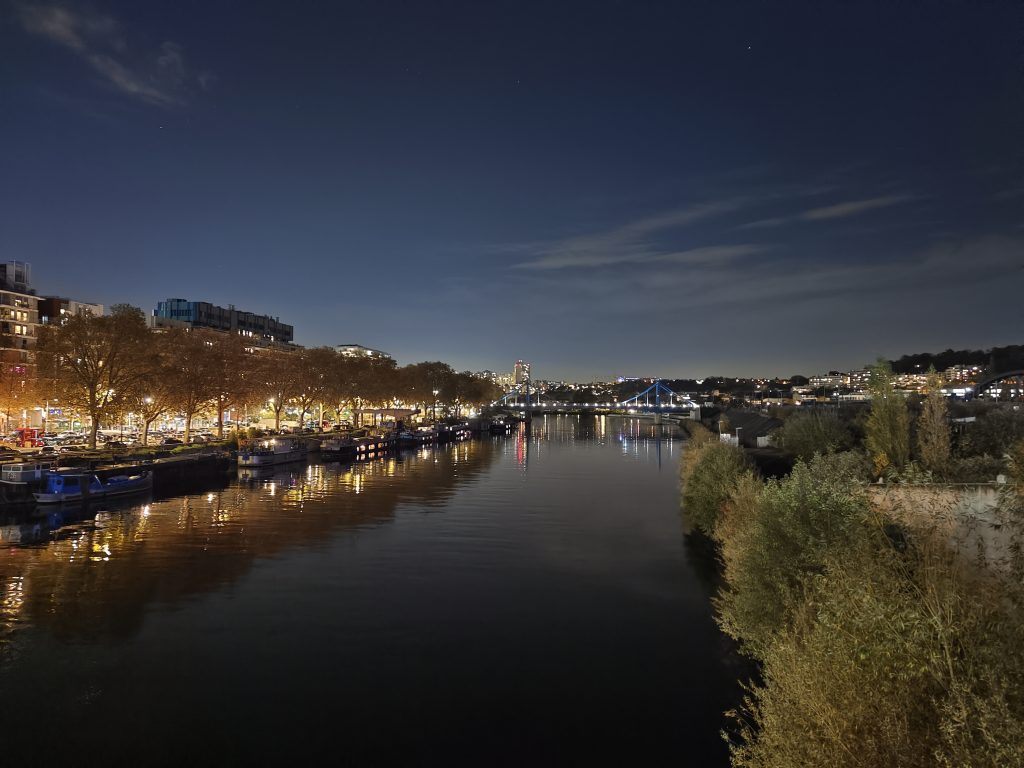
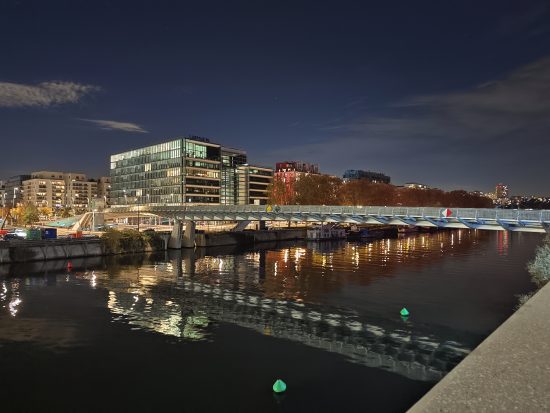
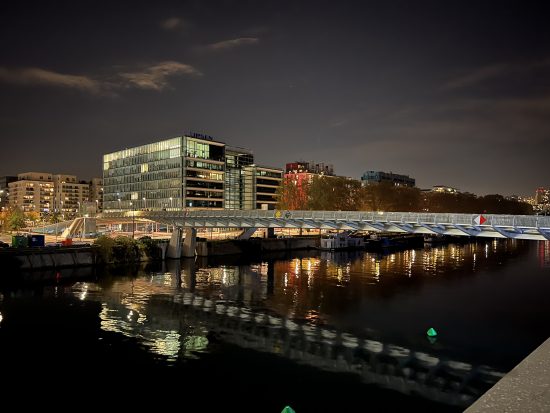
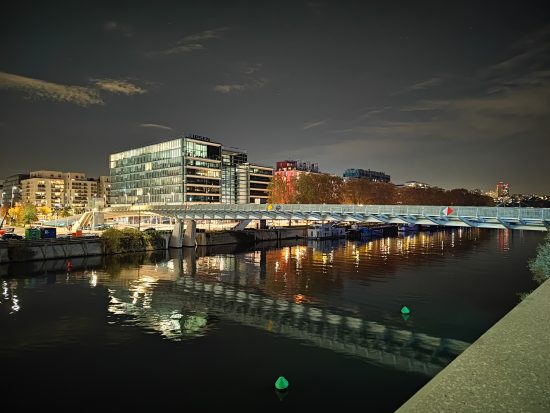
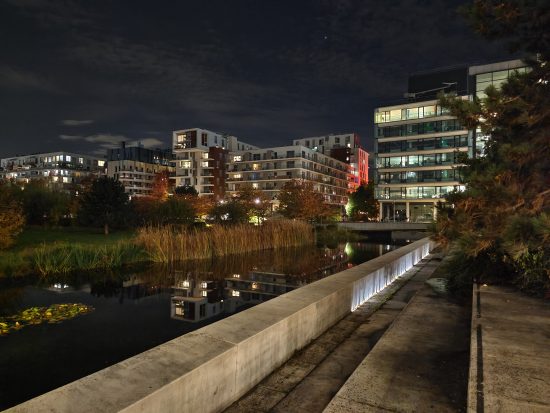
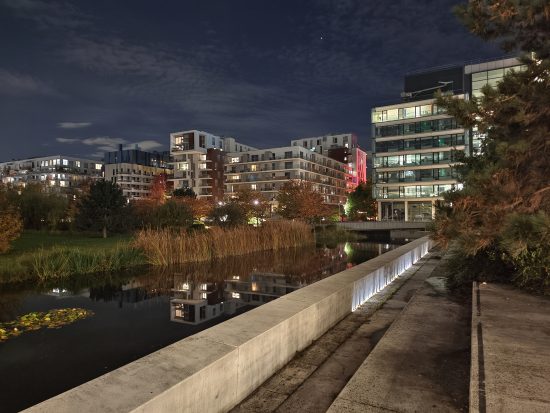
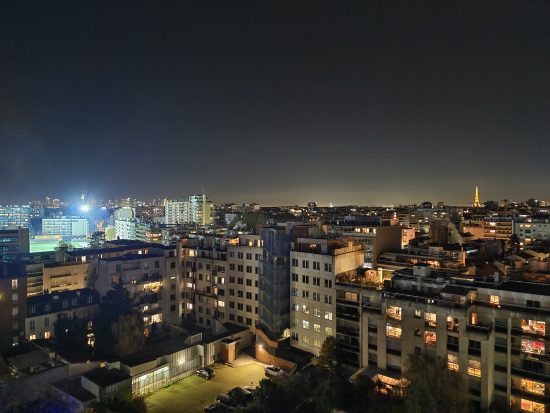
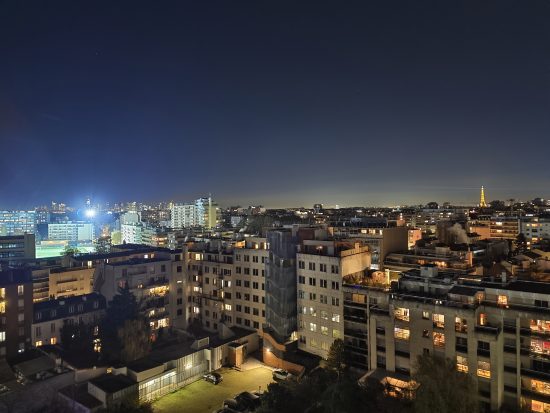
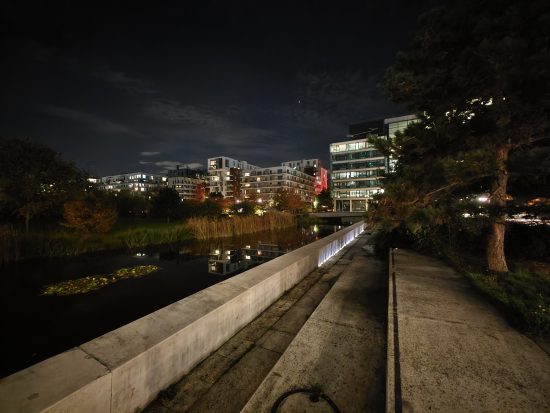
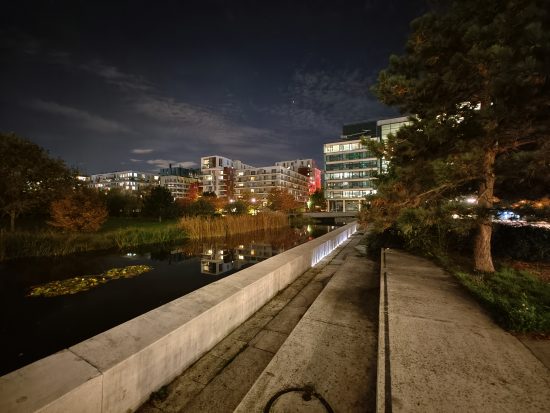
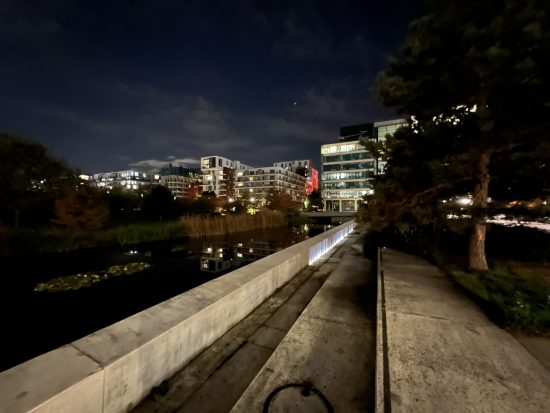
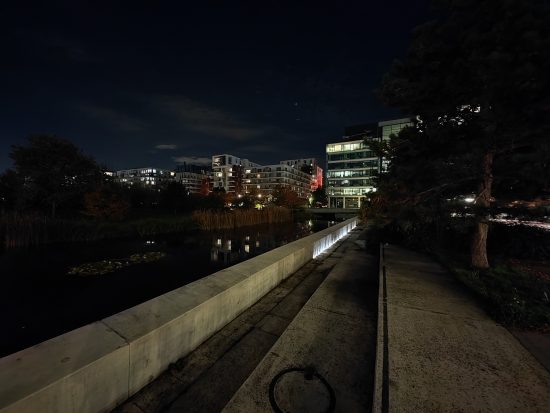
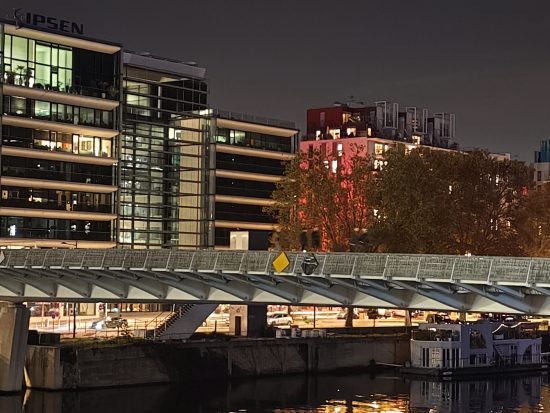
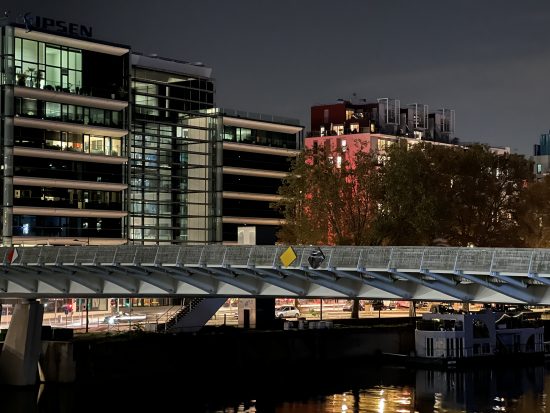
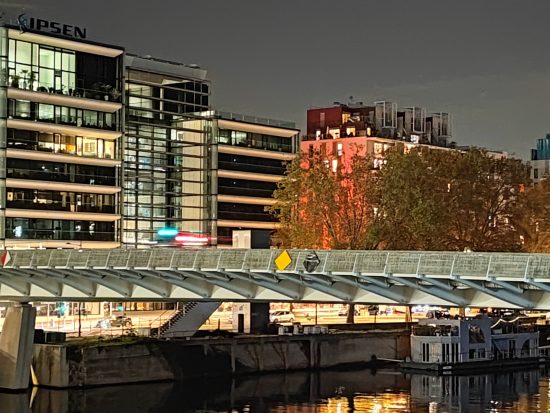
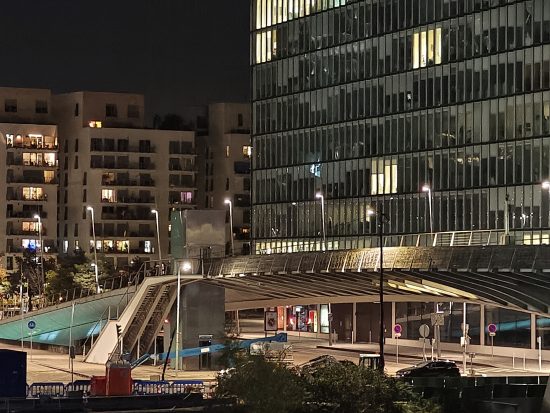
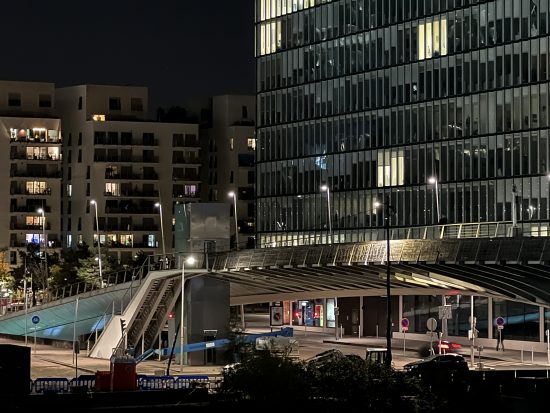
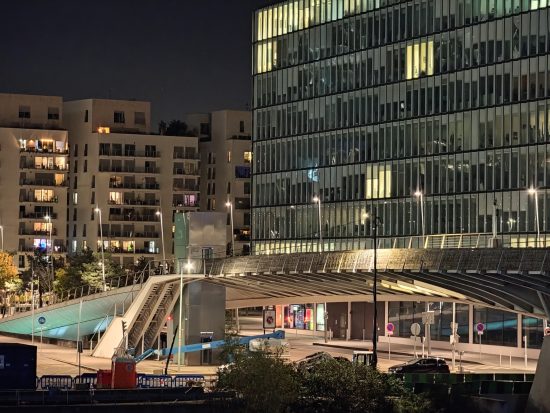
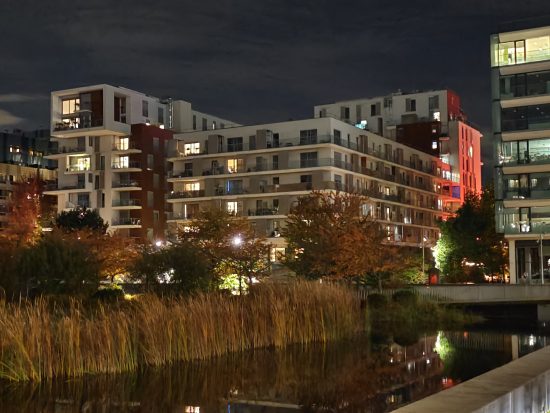
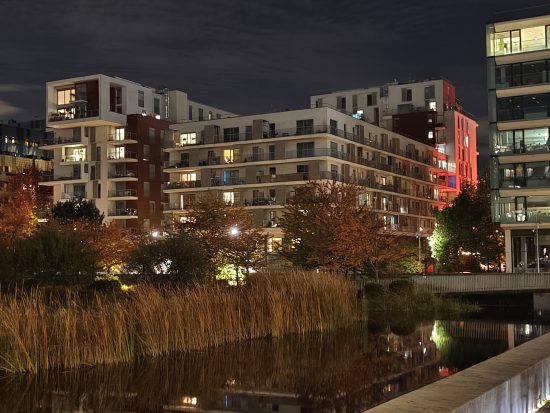
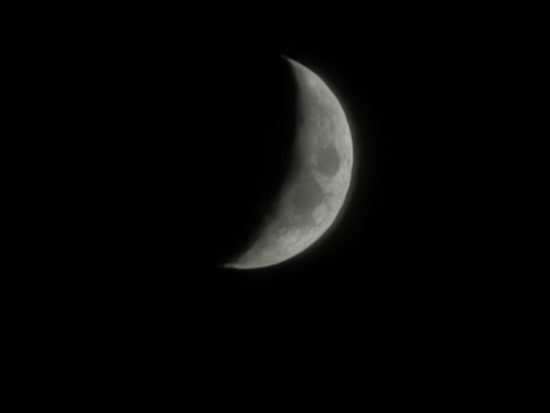
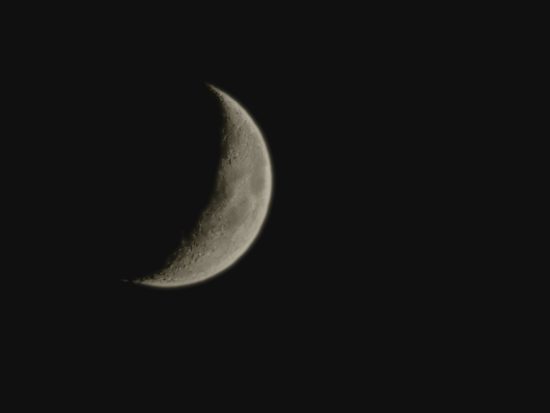










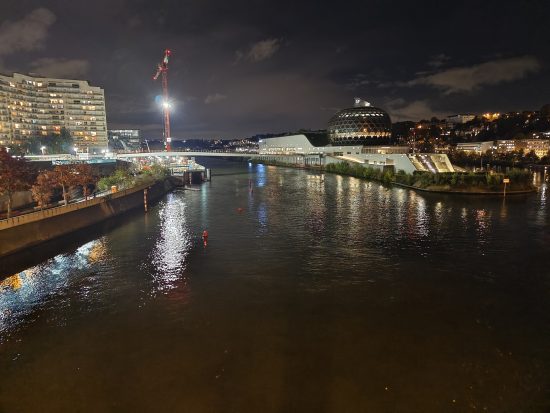
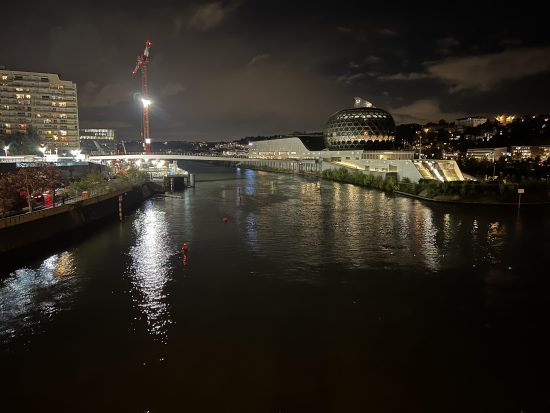
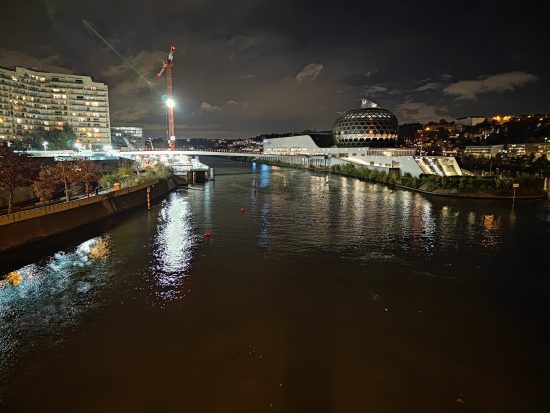
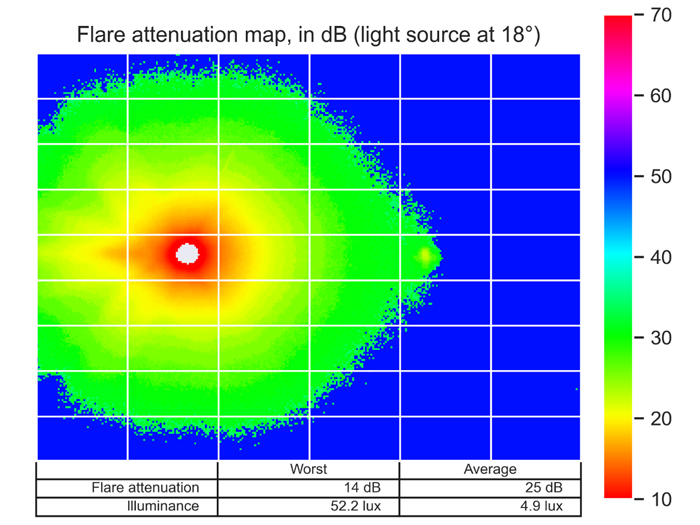
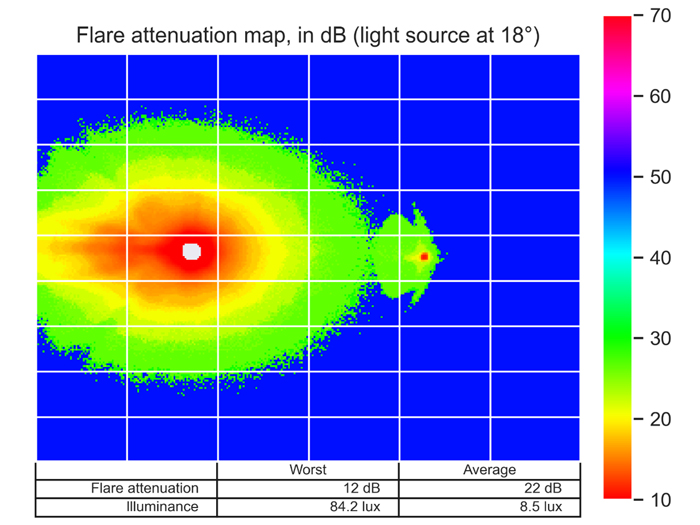
DXOMARK encourages its readers to share comments on the articles. To read or post comments, Disqus cookies are required. Change your Cookies Preferences and read more about our Comment Policy.